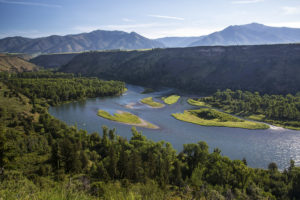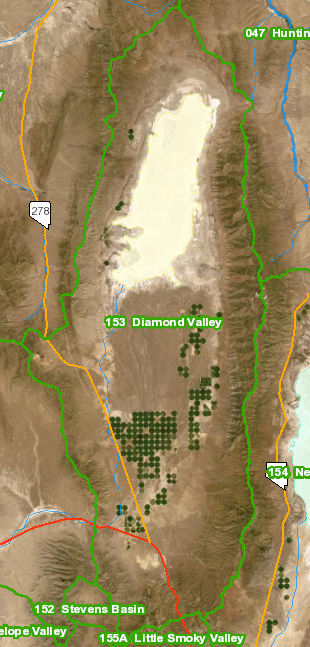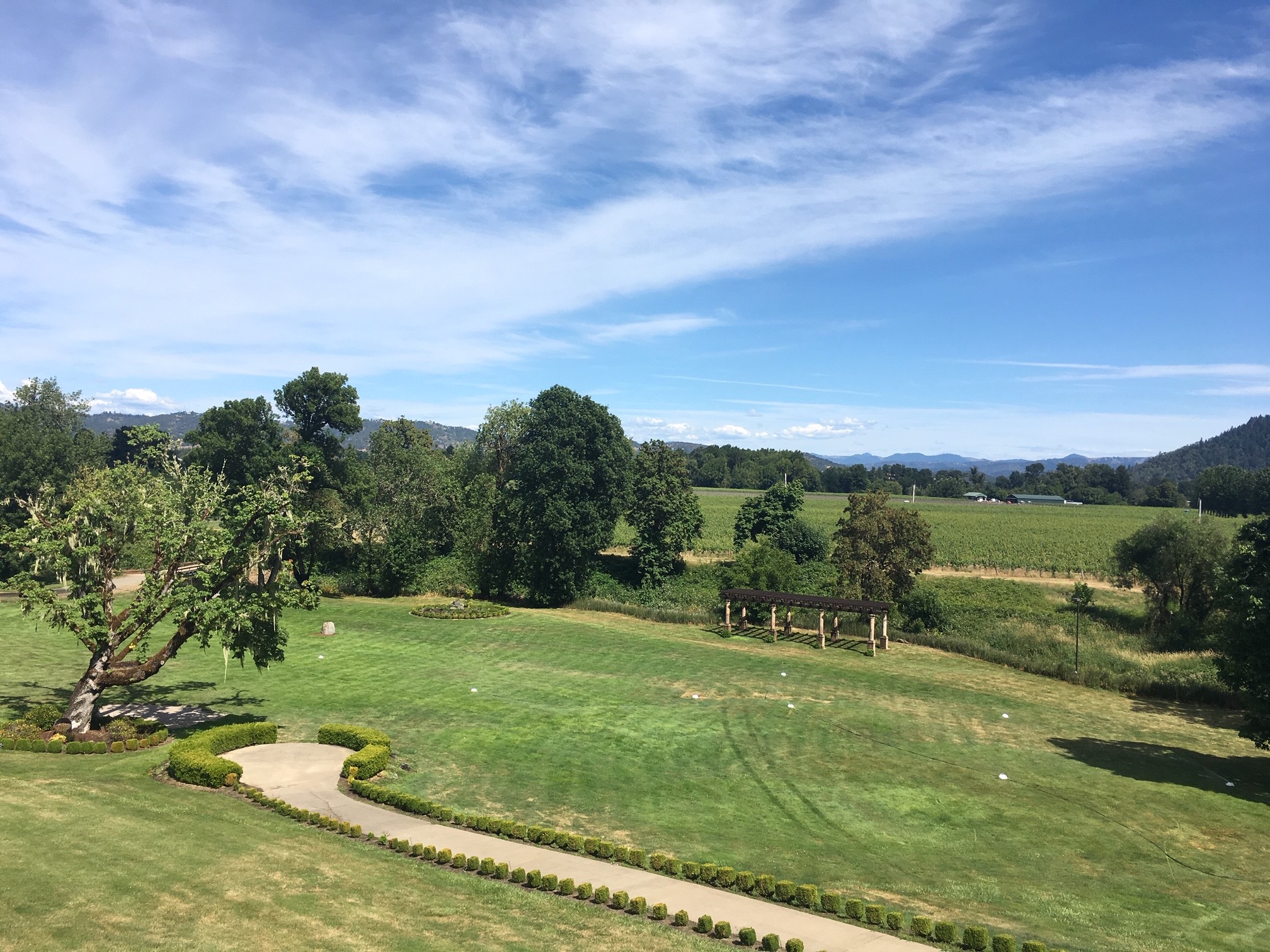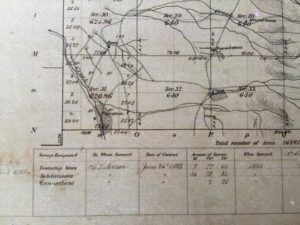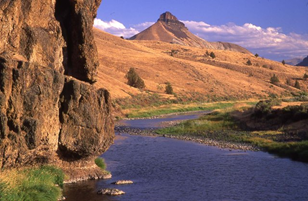New California Adjudication Rule

California adjudication rules have changed! On October 10, 2023, California Governor Gavin Newsom signed AB 779 into law. This California law requires courts to consider sustainability and equality factors during groundwater basin adjudications. The intent behind this adjudication rule is to keep everyone informed and provide equal access to resources.

Adjudications of water basins are court cases that decide water use claims in a particular basin. Water users must file their claims by a certain date. Once the adjudication process concludes, the court orders a claim into a decreed water right. Oregon, Idaho, Washington, and Nevada also currently have active adjudications, but sustainability and equality that are not incorporated into a claim are not usually addressed is these other states.
This California adjudication rule requires the groundwater sustainability agency (“GSA”) to submit the required sustainability plan(s) for groundwater basins designated as high or medium priority to the court. This law also requires the GSA to notify the public when an adjudication begins. The public notice requirement stipulates that the GSA must host a public meeting to explain the adjudication process. The GSA must publicly post court documents for the public to follow the adjudication process. Further, the court must consider “the water use of and accessibility of water for small farmers and disadvantaged communities” before entering a judgment.
The Effects of AB 779
Adjudications are long, expensive processes. These considerations will help all parties participate in the process, no matter the size or financial resources. By the end, hopefully everyone receives access to the resources they need.
Other states conducting adjudications have notices requirements, but do not currently have public hearing requirements to explain the process at the outset.
Oregon and Nevada have notice requirements referred to as notice “by publication.” This is when the Director or the State Engineer publishes notice in a newspaper circulated in the area where the adjudication takes place. In comparison, in Idaho adjudications, Idaho Law requires the Idaho Department of Water Resources Director to serve notice by mail to affected parties. Finally, Washington law requires notice to property owners by publication or personal service.
States conducting adjudications often look to streamline the process. It will be interesting to see if neighboring legislatures to California push for similar requirements as this California adjudication rule. Although it may add time at the beginning and during the adjudication, it may save time later on in late filed claims, or applications for water rights.
If you are a water user in Oregon, Idaho, Washington, or Nevada, and there is an ongoing adjudication near you please contact us for information. You may also review the water department’s website in your state.
